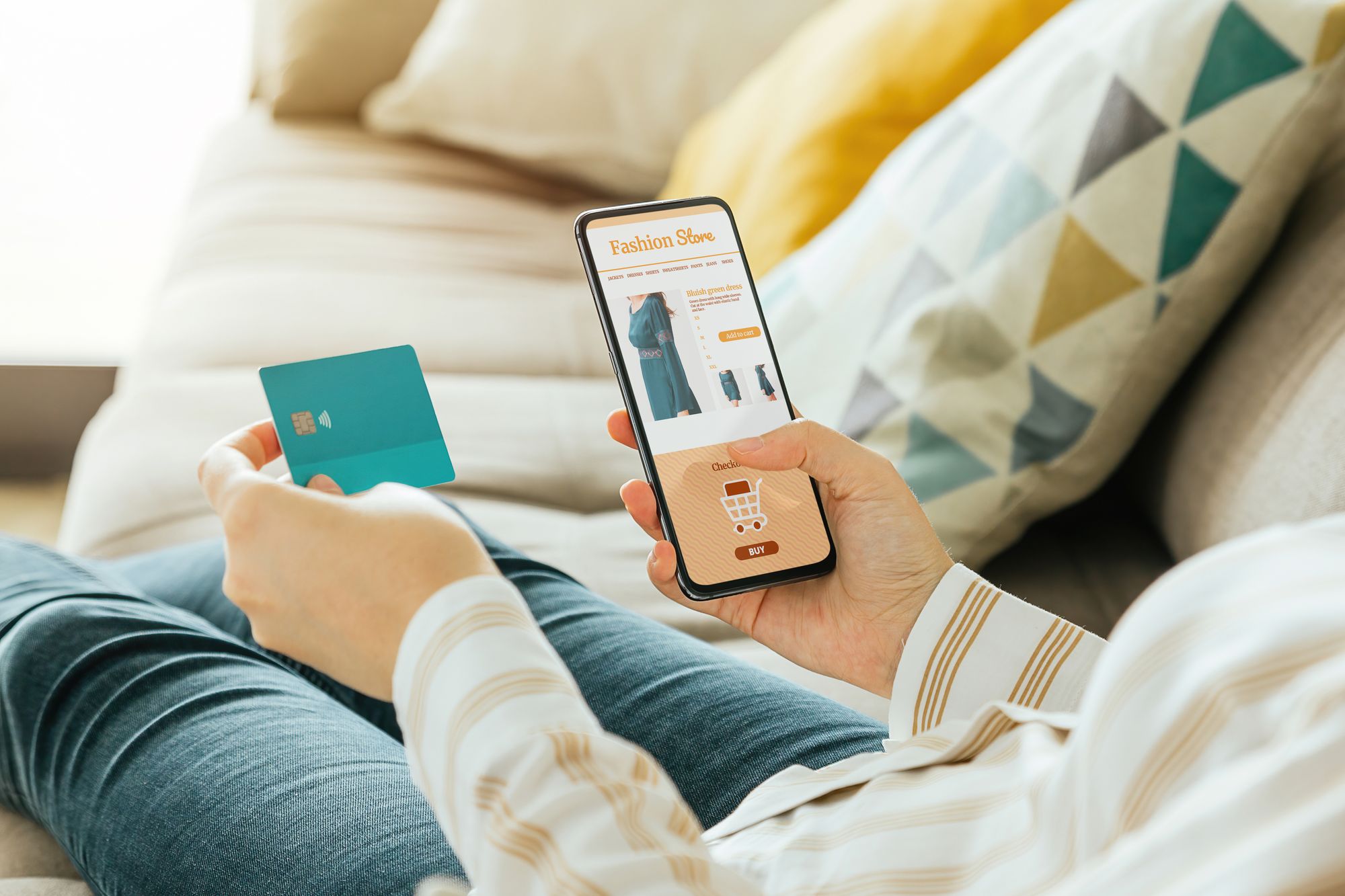Bundling for Marketing Success : Amplify Your Impact with Product Bundles

In today's dynamic retail landscape, standing out amidst a sea of competitors is no small feat. Businesses are continuously seeking effective strategies that can not only attract customers but also boost sales.
One such strategic move that's gaining momentum is product bundling. This powerful marketing strategy can be the key to unlocking increased customer value, sales growth, and a strong competitive edge.
Applications like WideBundle allow you to implement these strategies in no time at all !
Pure Bundling, Mixed Bundling or Quantity breaks ?
Bundling is a marketing tactic where multiple products or services are offered together as a single combined unit. Product bundling involves offering multiple products or services together as a single package generally at a discounted price. When effectively executed, this product bundling strategy can increase your overall sales, simplify marketing and distribution costs, and enhance the customer experience.
Bundling can be as simple as a technology retailer selling a laptop with essential accessories like a mouse and a laptop bag or as complex as a cable company offering a package deal for internet, television, and telephone services. Regardless of the specifics, the core idea is to deliver additional value to customers while boosting the business's profitability.
In pure bundling, products are only sold as bundles, and customers cannot purchase the individual components separately. This strategy can be advantageous for businesses looking to encourage customers to try new products, increase conversion rate, clear out stock, or sell products that are often used together. However, pure bundling requires careful market research to ensure that the bundled products genuinely appeal to your target audience.
Mixed bundling, on the other hand, offers customers the flexibility to purchase products both individually and as part of a bundle. This strategy can satisfy a broader range of customer preferences and has the potential to increase overall sales. Customers who only need one or two items can purchase them individually, while those looking to save money or who desire the full product experience can opt for the bundle.
Quantity breaks, also known as volume discounts, can be viewed as a specific form of bundling, where customers are incentivized to purchase larger quantities of a single product. Instead of grouping different products together as in traditional bundling, the "bundle" in this scenario consists of multiple units of the same item.
This strategy can be incredibly effective in encouraging bulk purchases. For instance, a retailer might offer a single unit of a product at a certain price, but if the customer decides to buy three units, they get a significant discount. This pricing strategy not only increases the average order value but also drives customer satisfaction as they perceive they're getting a great deal.
By smartly implementing quantity breaks, online retailers can stimulate larger purchases, accelerate inventory turnover, and enhance their overall profitability.

Advantages of Product Bundling: Elevate Sales and manage your marketing and distribution costs
Product bundling offers a myriad of benefits, from enhancing customer satisfaction to facilitating inventory management. It provides cost-effective solutions for customers wanting to buy multiple related items. Customers perceive price savings, thinking they're saving money and getting more value for their money, which can lead to higher purchase intent and overall satisfaction.
With the ability to boost sales and revenue, bundling increases the average transaction value by incentivizing customers to buy more than they might have initially planned, thus elevating their existing purchase. This drives immediate sales and enhances revenue generation from each transaction.
Another advantage of product bundling, especially when businesses effectively manage bundles, comes from a logistical perspective. From a logistical perspective, bundling brings substantial advantages, especially when dealing with inventory clearance bundling. This strategy allows an online store to effectively move stagnant inventory or 'dead stock.' By combining less popular items with top sellers in creative product bundles, customers are more likely to buy these less desirable items, clearing your inventory faster.
Furthermore, bundling reduces shipping costs and distribution costs. Rather than shipping multiple items separately, retailers can send all items in a bundle at once, leading to significant savings. A bundle is often seen as a single item in terms of logistics, simplifying the packing process and reducing the chance of shipping errors.
Not only does this strategy increase average order value, but it also helps boost customer loyalty. By creating unique product bundles, retailers can distinguish themselves from competitors. This can draw customers to their stores and boost market presence. So don't wait - promote bundles today and reap the benefits of this powerful marketing tool.
Case Studies of Successful Product Bundling
Bundling has been employed successfully across a range of industries. Microsoft is a sterling example of pure bundling, where they offer their Office suite as a product bundle, including Word, Excel, PowerPoint, and more. This not only increases the average order value but also saves on marketing and distribution costs as they market and distribute one bundled product rather than multiple separate ones.
Adobe Creative Cloud is another instance of a successful product bundling strategy, where numerous software programs are offered as a package deal, making it more appealing and cost-effective for creative professionals. Amazon frequently employs product bundles, particularly in its 'Frequently bought together' section, where customers are enticed to purchase products that complement their initial choice, effectively increasing the average order value.
In the fast food industry, KFC's 'Bucket Meals' is an example of pure bundles, offering a selection of items at a discounted bundled price. These real-world examples clearly highlight the potential of a well-implemented product bundling strategy in driving business success.
Tracking the Success of Bundling Strategies
Like any marketing strategy, the success of bundling should be tracked and analyzed. Tools like the WideBundle App can provide valuable insights into how your bundles are performing. Monitor metrics such as sales, revenue, and profit margins for your bundles, as well as individual products, to determine if your bundling strategy is effective.
Furthermore, keep a close eye on customer feedback. If customers are happy with the bundles you're offering and are frequently purchasing them, it's a good sign your bundling strategy is working.
Bundling is a multifaceted marketing strategy that goes beyond just grouping products together and offering a discount. A deep understanding of your customer, a keen eye for product combination, and careful monitoring of results are all critical components in achieving bundling success.
Furthermore, consulting services for e-commerce specialize in these areas, ensuring your strategy aligns with market demands.
By incorporating these elements into your bundling strategy, you're well on your way to amplifying your impact and driving your business forward.

Implementing Bundle marketing with Technology
To implement these strategies effectively, retailers can leverage technology solutions like shopify bundle apps. One such popular solution is the WideBundle App. This tool integrates seamlessly with the Shopify platform, simplifying the process of creating, managing, and modifying product bundles.
The WideBundle app enables dynamic bundles that customers can customize, enhancing their shopping experience. With this technology, businesses can execute bundling strategies more efficiently and adapt quickly to changing consumer needs and market trends.
In conclusion, product bundling strategies are powerful marketing tools that bring a myriad of benefits to both retailers and customers. The strategic grouping of complementary products or services under a discounted bundle price creates a compelling offer, making it an effective method to stimulate customer interest and enhance sales volumes.
Moreover, bundling has an advantageous effect on marketing costs. By selling multiple items under one reduced price, the cost and effort of promoting individual products are substantially lessened. This strategic consolidation of marketing resources not only streamlines the promotional process but also creates a more impactful and memorable message for consumers.
From the customer's perspective, bundling delivers enhanced value. The reduced prices afforded by bundles gives customers the opportunity to acquire a range of products or services at a cost less than the total if purchased separately. This perceived value, coupled with the convenience of one-stop shopping, heightens customer satisfaction and fosters loyalty.
By integrating product bundling strategies into your business model, you can effectively reduce marketing costs, create enticing offers with discounted prices, and ultimately, drive your business to new heights of retail success. Hence, bundling is not just a marketing strategy, but a vital component in building a robust and resilient retail enterprise.
You have 14 days of FREE TRIAL, the app takes just 5 minutes to set up, and our extremely reactive customer support is available for you 7 days a week.
